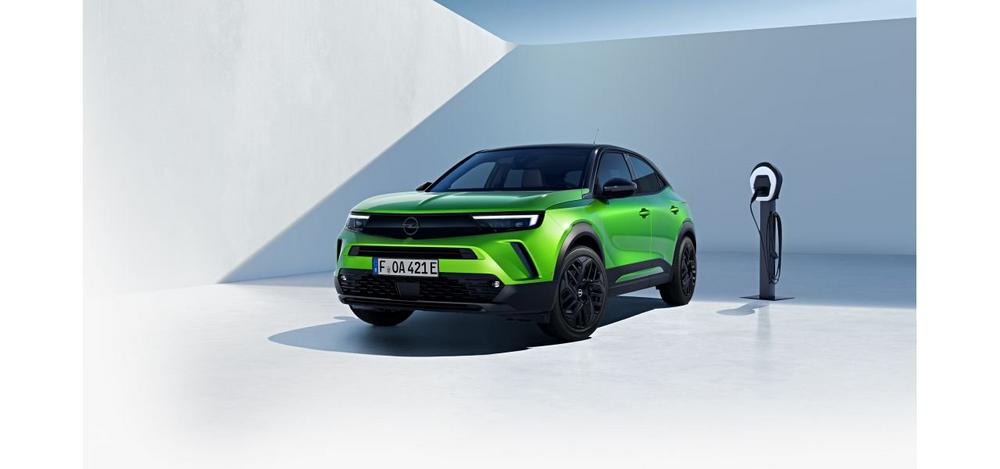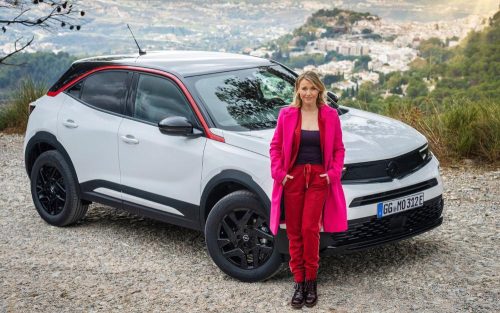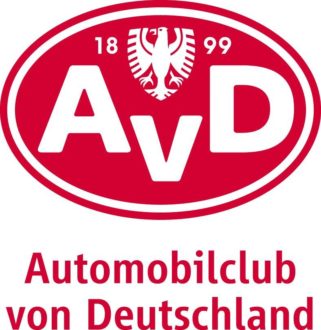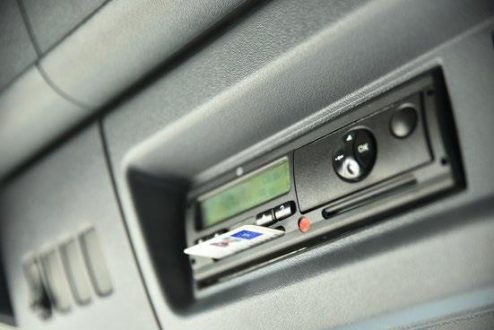
Opel Mokka Electric Now with Even More Range
- E for electric: Mokka-e to become Mokka Electric
- More powerful, more efficient, more range: Electric motor with 115 kW/156 hp, new 54 kWh battery enables 406 kilometres of locally emission-free driving (WLTP1)
- Fast charging: 80 per cent state-of-charge in around 30 minutes at a 100 kW DC charging station
- Electric driving fun à la Opel: Three drive modes – Normal, Eco and Sport
The Opel Mokka-e is becoming the Opel Mokka Electric with the best-selling battery-electric vehicle in the B-SUV segment in Germany in October and November now getting even more powerful, efficient, and attractive. The all-electric "Winner of the Golden Steering Wheel 2021"2 will also be available with a larger battery and more power in the future. With the new 54 kWh battery, Mokka Electric drivers can cover up to 406 kilometres instead of up to 338 kilometres locally emission-free according to WLTP1 – a significant improvement of 20 percent. At the same time, energy consumption has decreased to 15.2 kWh per 100 kilometres (WLTP3). However, the Mokka Electric is not just highly efficient – with an output of 115 kW/156 hp and 260 Newton meters of torque, the electric motor, which is also used in the new Opel Astra Electric delivers pure driving pleasure.
"’e‘ becomes ‚Electric‘. With the new suffix, we underline that the Opel Mokka offers even more electric driving fun. It is an electric vehicle that is unparalleled in its segment. Ever since it was launched, our extraordinary compact SUV has impressed people with its bold and pure design, individual character and proven suitability for everyday use. And with a new electric drive and larger battery, we are now making the Mokka Electric even more powerful, even more efficient and better. That is the Opel approach to well thought-out ‚Greenovation‘," said Opel CEO Florian Huettl.
Electric SUV pioneer even better as Mokka Electric
The Mokka shows Opel’s approach to innovative, forward-looking and emotionalising mobility: Not only was the stylish SUV the first Opel to wear the new brand face, the Opel Vizor, it was also the first Opel with the fully digitised Pure Panel cockpit. In addition, it was the first Opel available at the start of sales with fully electric drive as well as highly efficient combustion engines, thus giving customers the choice of which drive suits their needs best – and that choice is already predominantly electric. In November, no less than 65 percent of all Mokka customers in Germany opted for the battery-electric, locally emission-free variant – which is now getting even better.
The range of up to 406 kilometres (according to WLTP1) – and thus 20 percent more than to date – promises all-round, everyday, enduring electric driving fun in the city as well as on longer journeys. The energy is stored in the new, 54 kWh lithium-ion battery. The engineers attached great importance to efficient packaging and were thus able to ensure an exemplary range with a compact battery size.
As with all fully electric Opel models, the 54 kWh battery of the Mokka Electric is practically installed in the underbody. Thus, no space is lost in the passenger or luggage compartment and the Mokka Electric has excellent roadholding qualities. The vehicle’s low center of gravity increases safety and driving pleasure. With an output of 115 kW/156 hp and maximum torque of 260 Newton meters that is immediately available with the first tap of the accelerator, the Mokka Electric ensures brisk starts and accelerates from 0 to 100 km/h in under 10 seconds. The top speed is electronically limited to 150 km/h.
Depending on their preference, Mokka Electric drivers can choose between the three driving modes Eco, Normal and Sport. In Eco mode, the electric SUV is most energy-efficient in favour of the overall range. Thanks to a state-of-the-art regenerative braking system, the Mokka Electric can also recuperate energy when decelerating or braking. The electric motor then converts the forward momentum into electricity. If the driver shifts the transmission into the B mode, recuperation and braking torque increase. And when the compact SUV has to “refuel”, the 54 kWh battery can be recharged to up to 80 percent state-of-charge in around 30 minutes at a 100 kW DC charging station. The Mokka Electric has this fast-charging function as standard. In addition to direct current, Opel drivers can also charge three-phase alternating current thanks to the 11 kW onboard charger – via a wall box or with a cable for the household socket.
Efficiency and comfort are a given in the Mokka Electric. Numerous heating systems and technologies from the standard heat pump to the practical myOpel app, which can be used to program the pre-conditioning by remote control, ensure a cozy atmosphere right from the start – especially during the colder months of the year.
The Mokka Electric with more power and a longer range is another example of how Opel is consistently pushing ahead with its electric offensive. Twelve electrified Opel models are already available today, including the entire range of light commercial vehicles. By 2024, the manufacturer will also offer every model in an electrified version. And by 2028, Opel will become an all-electric brand in Europe.
[1] Preliminary range determined according to WLTP test procedure methodology (R (EC) No. 715/2007, R (EU) No. 2017/1151). The actual range can vary under everyday conditions and depends on various factors, in particular on personal driving style, route characteristics, outside temperature, use of heating and air conditioning and thermal preconditioning.
[2] AUTO BILD edition 45/2021 and BILD am SONNTAG edition 46/2021, category for “Best car under €25,000” incl. environmental bonus.
[3] Preliminary values determined using the more realistic WLTP (Worldwide harmonized Light vehicles Test Procedure) test method which replaces the NEDC (New European Driving Cycle) test procedure. A vehicle’s consumption, CO2 emissions and range not only depend on the efficient use of energy by the vehicle but are also influenced by driving style and other non-technical factors. The information on consumption and emissions does not refer to an individual vehicle and is intended solely for purposes of comparison between the various vehicle types.
Opel Automobile GmbH
Bahnhofsplatz
65423 Rüsselsheim
Telefon: +49 (6142) 7-70
Telefax: +49 (6142) 77-8409
http://de-media.opel.com/de
Telefon: +49 (6142) 6922084
E-Mail: colin.yong@opel-vauxhall.com
Telefon: +49 (172) 7957210
E-Mail: natalia.pagano@opel-vauxhall.com
Telefon: +49 (6142) 6927811
E-Mail: carina.elsinger@opel-vauxhall.com
![]()



